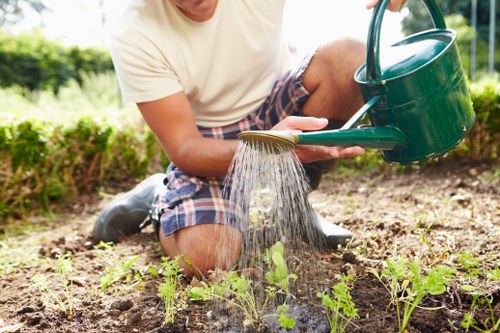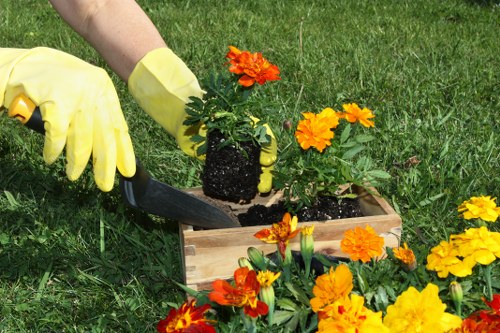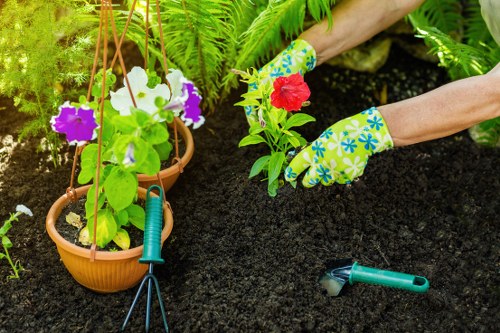Driveway Algae Removal in Gidea Park: Keep Your Driveway Clean and Safe

Algae growth on driveways is a common issue that affects many homeowners in Gidea Park. Not only does it make your driveway look unsightly, but it can also make it slippery and hazardous, especially during damp weather. Understanding how to effectively remove algae is essential for maintaining both the appearance and safety of your property.
Algae thrives in damp, shaded areas, making driveways in Gidea Park particularly susceptible during the wetter months. Without proper maintenance, what starts as a small patch can quickly spread, leading to more extensive and costly repairs down the line.
Fortunately, there are several methods available for algae removal, ranging from chemical treatments to eco-friendly solutions. Choosing the right approach depends on various factors, including the severity of the algae growth and your personal preferences regarding environmental impact.
Understanding Algae Growth on Driveways

Algae are simple, plant-like organisms that thrive in moist environments with ample sunlight. On driveways, they often appear as dark, slimy patches that can discolor the surface and create a slippery layer, increasing the risk of falls.
The primary conditions that promote algae growth include moisture, shade, and the presence of nutrients. Gidea Park's climate, with its humid summers and mild winters, provides an ideal environment for algae to flourish.
Common types of algae found on driveways include green algae and black algae. While green algae are generally less harmful, black algae can penetrate the surface of concrete and other materials, causing long-term damage if not addressed promptly.
Effective Methods for Algae Removal
Chemical Treatments
Chemical treatments involve using specialized cleaners that break down the algae and remove stains from your driveway. These products are often available in liquid or powder form and can be applied using a brush or pressure washer.
**Pros:** Chemical treatments are highly effective at removing stubborn algae and can provide quick results. They are suitable for severe infestations and are readily available from local hardware stores.
**Cons:** Some chemical cleaners can be harmful to the environment and may pose health risks if not used properly. It's essential to follow the manufacturer's instructions carefully and consider the potential impact on surrounding vegetation and wildlife.
Eco-Friendly Solutions
For those concerned about the environment, eco-friendly algae removal methods offer a safer alternative. These solutions often use natural ingredients like vinegar, baking soda, or hydrogen peroxide to eliminate algae without causing environmental harm.
**Pros:** Eco-friendly methods are non-toxic and safe for use around pets and children. They also reduce the risk of harming beneficial plants and animals in your garden.
**Cons:** These methods may require more time and effort compared to chemical treatments. They might also be less effective on severe or deeply embedded algae growth.





